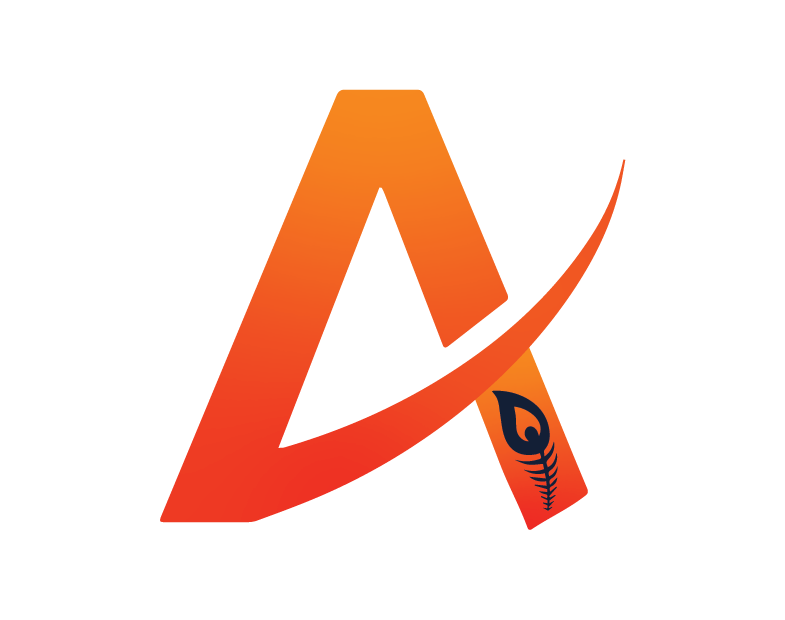In the dynamic landscape of digital marketing, Google Ads remains one of the most effective tools for businesses to generate leads and sales. Among the recent innovations, Performance Max (PMAX) campaigns stand out for their ability to simplify ad management while maximizing performance across all Google platforms.
This article explores what PMAX is, its benefits, challenges, and best practices to help advertisers maximize ROI.
What is Performance Max (PMAX) in Google Ads?
Performance Max (PMAX) is a goal-based campaign type that enables advertisers to run ads across all Google properties, including:
- Search
- Display
- YouTube
- Gmail
- Discover
- Maps
Instead of creating and managing separate campaigns, PMAX uses automation and machine learning to deliver optimized ads to the right audience at the right time.
Key Benefits of PMAX Campaigns
- Unified Reach
Manage one campaign while reaching audiences across all Google channels. - AI-Driven Optimization
Google’s machine learning automates bidding, targeting, and creative delivery. - Discovering New Audiences
PMAX identifies high-intent users who might be missed in standard campaigns. - Simplified Management
A single campaign structure saves time and reduces complexity. - Performance Insights
Asset group reports reveal which creatives and signals drive results.
- Less transparency into keyword-level performance.
- Limited control over placements.
- Heavy reliance on Google’s automation.
This makes it essential to combine automation with strategic input to achieve the best results.
How to Maximize ROI with PMAX Campaigns
1. Define Clear Goals
PMAX performs best when business objectives—such as lead generation, e-commerce sales, or brand awareness—are clearly set.
2. Provide Strong Creative Assets
High-quality images, videos, and ad copy ensure that dynamically generated ads are impactful.
3. Use Audience Signals
Adding custom audiences, remarketing lists, or demographic insights helps guide the algorithm more effectively.
4. Leverage First-Party Data
Uploading customer lists or CRM data enables more personalized targeting and better ROI.
5. Track Conversions Correctly
Implement enhanced conversions and offline tracking to provide accurate feedback for optimization.
6. Organize Asset Groups Strategically
Separate asset groups by product or service categories for clearer targeting and performance tracking.
7. Monitor, Test, and Optimize
Regularly review reports to refine creatives, audiences, and bidding strategies.
Conclusion
Performance Max (PMAX) campaigns mark a shift toward AI-driven advertising, offering businesses a way to maximize visibility and conversions across Google’s platforms. However, success requires more than just automation—it demands clear goals, quality assets, and ongoing optimization.
If you are looking to scale your advertising efforts and make the most of PMAX campaigns, Achyutam Technology can help. With expertise in Google Ads, SEO, and performance marketing, our team develops tailored strategies that ensure higher ROI and sustainable business growth.


